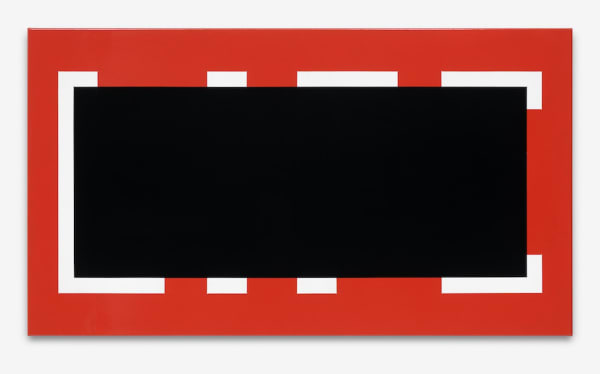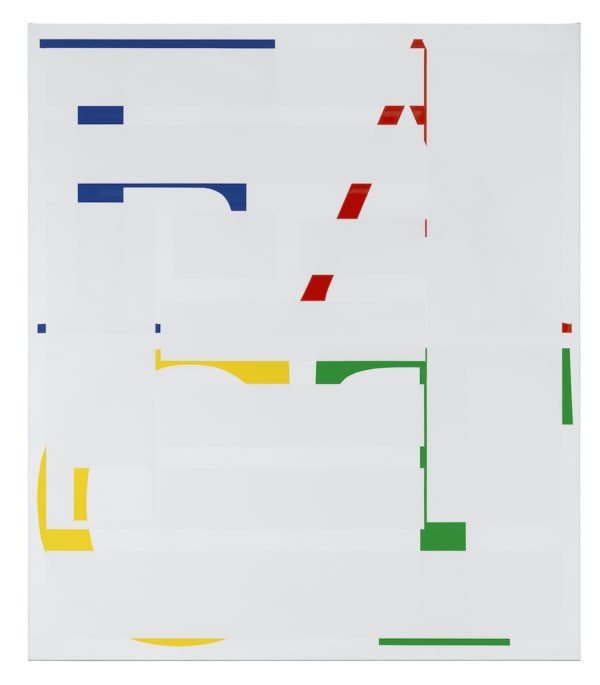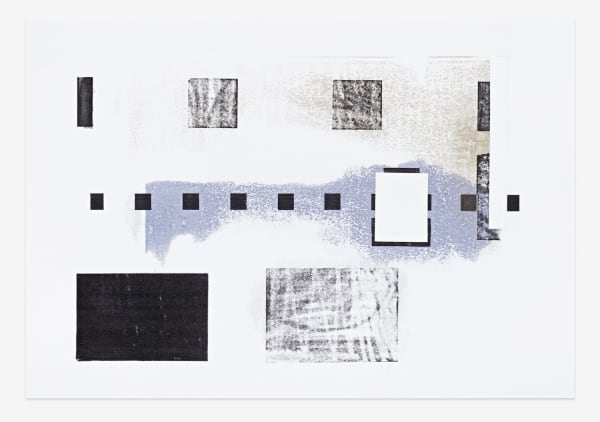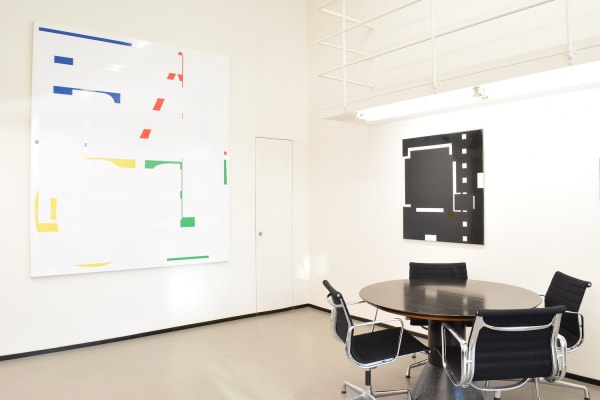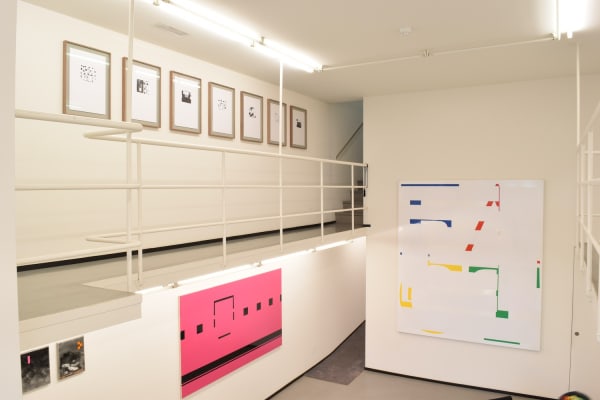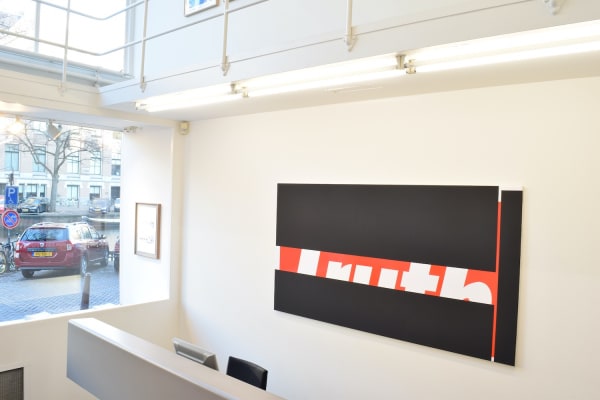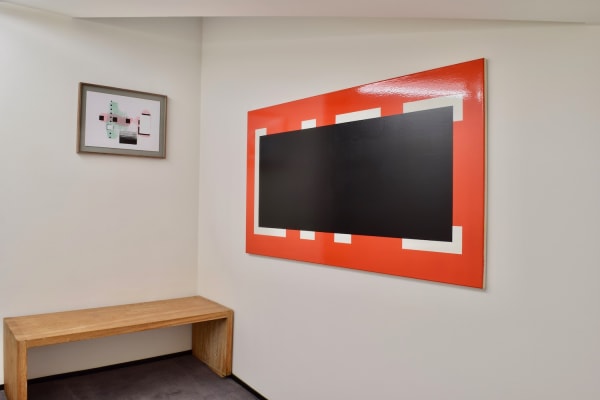Ronald de Bloeme | Alternative Facts
"Alternative Facts"
by Jannet de Goede
Curator Kröller-Müller Museum
Since January 22nd 2017 a fact is no longer an event or circumstance the truth of which can be taken as certain. This is when Kellyanne Conway uses the term 'alternative facts' during a press conference when defending her colleague Sean Spicer's statement on the number of people present for the inauguration of Donald Trump.
The day when reality was turned on its head.
In art this can be done. Indeed, the turnaround often creates the playing field for the maker. Somewhere he can offer an alternative for reality as we know it, or think we know it. But what happens when those in power make use of this form of storytelling? The bottom then falls out from under observation. You can no longer trust what you see, what you are told. And it is not without danger.
It is significant that Ronald de Bloeme entitles his exhibition at BorzoGallery Alternative Facts. He places the observation of reality at the centre of his work. He studies its reliability by appropriating forceful images from visual communication and painting reinterpretations of them.
He takes pictograms from brands such as T-Mobile, Google or Heineken, and also the design of packaging, websites or cycling shirts. He scans them and transforms them to the point where a convincing composition comes into being. He censors texts by replacing them with colour fields. Thereby pushing to the limit the boundaries of the legible and the identifiable.
On his computer De Bloeme manages a substantial collection of 'compositions in transit': compositions that are not yet finished, not yet ready to be translated into a large format. It can sometimes take weeks, months before he decides that a composition is good enough to be painted.
Once a picture has been decided on, he transfers it meticulously onto large canvases and then carefully paints it in different layers of paint, gloss and mat, opaque or transparent. He accepts little 'mistakes' and irregularities - where the paint has bled under the masking tape, an accidental slip of the brush, where the paint has 'run' - and consequently here and there the image appears to be breaking open.
De Bloeme calls the drawings that do not per se result in a painting and yet have a right to exist outside the studio, Kurzstrecken. The reference is to a taxi ride in Berlin, the city where he has lived and worked since 2000. For a short trip you ask the taxi-driver for a 'Kurzstrecke'. In his drawings De Bloeme can look for what he wants quickly and efficiently and respond much more directly to what is happening than in the slower medium of painting.
On September 19th 2016 the front page of Der Tagesspiegel shows the results of the Berlin elections in an easy-reference histogram. For De Bloeme it is a ready-made painting: a translation of a complex reality into a simple and attractive colour chart. The colours are fixed: green for Die Grüne, red for the SPD and black always refers to the CDU.
De Bloeme takes it on and initially copies it in paint, with no text. However it remains immediately recognisable for anyone with a little knowledge. Maybe not easy to put a name to, but the communication method is clear. And once he has turned it into a painted reality, it gives him the freedom for a series of nine drawings. He replaces the colours with new ones, he varies the width of the bars, he shifts the white line between 'the distribution of seats before the elections and that for after the elections' to the centre and at one point he even paints the diagram upside down.
With the reinterpretation of logos, advertising and other slogans from the visual image culture De Bloeme is subtly playing with confidence in the observation of this reality. In Fact II (Google) he paints white bars over the word 'Fact'. The blue-red-yellow-green of the letters are the colours that the fact-finder Google has patented. Here, the cheerful, fresh colours are not at all harmless, but carry a meaning that has been paid for.
The game that De Bloeme is playing, his toppling of reality, cannot be ignored.

